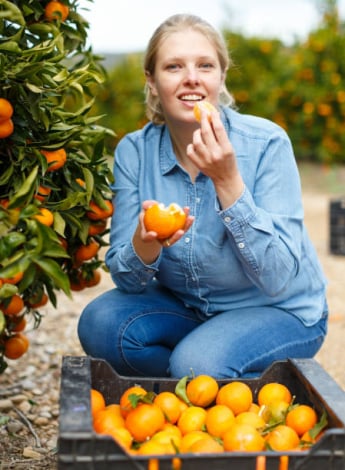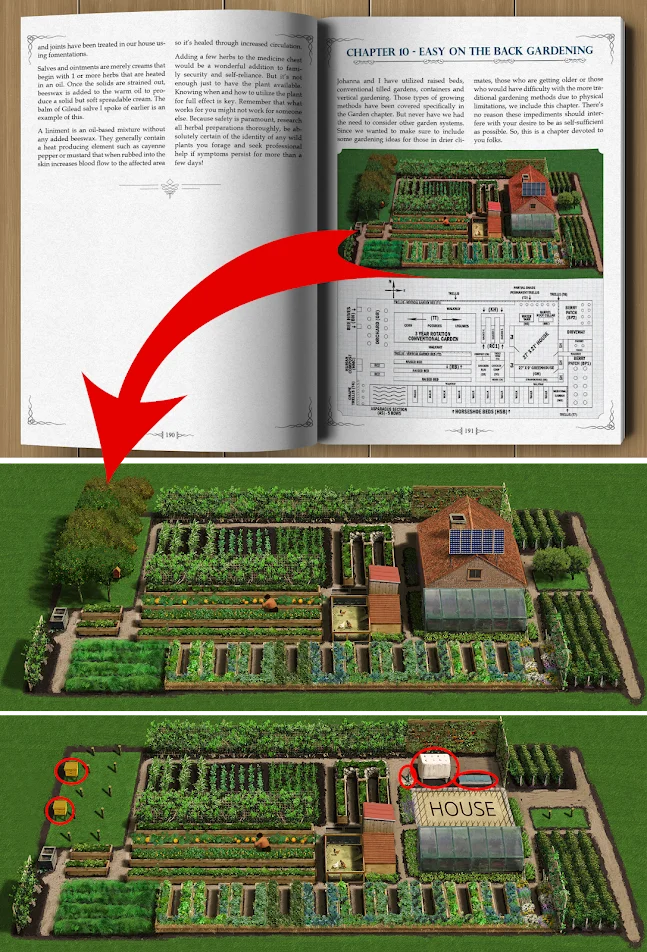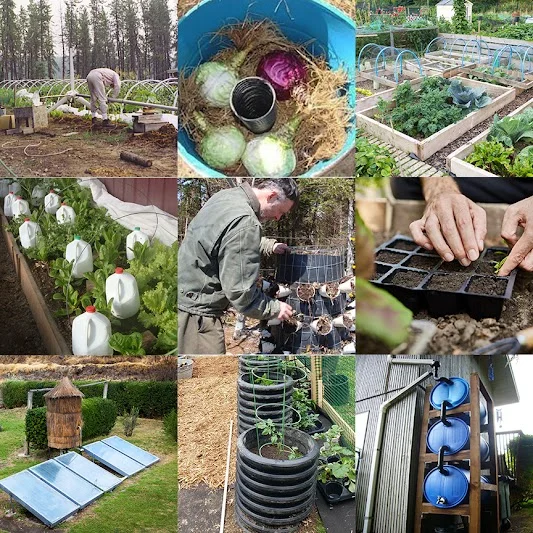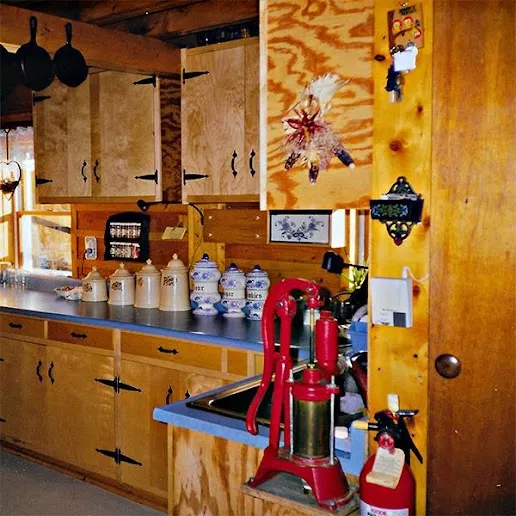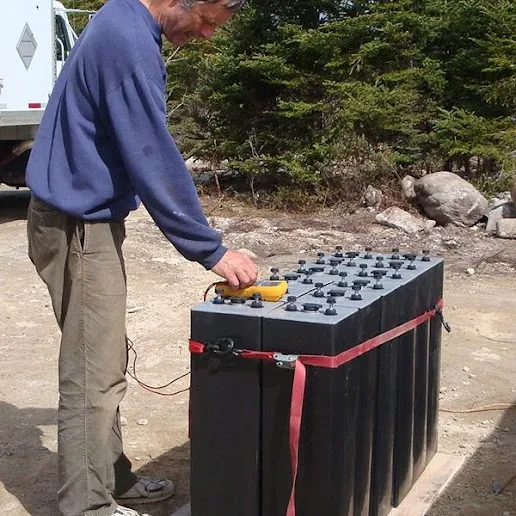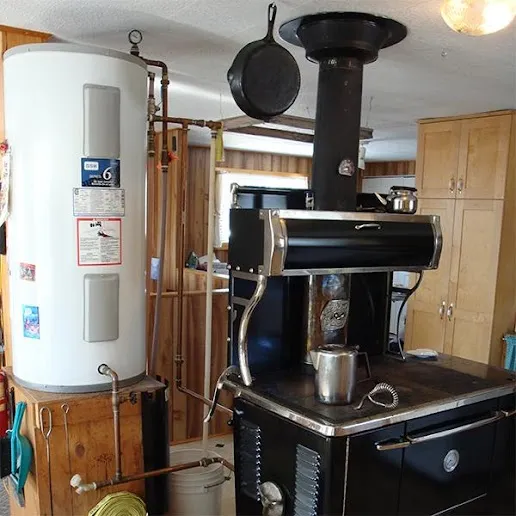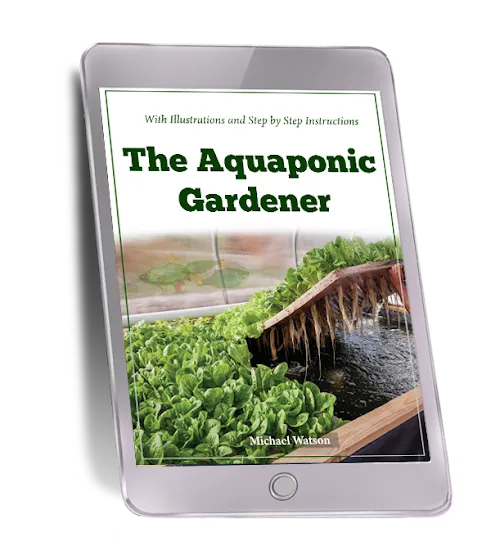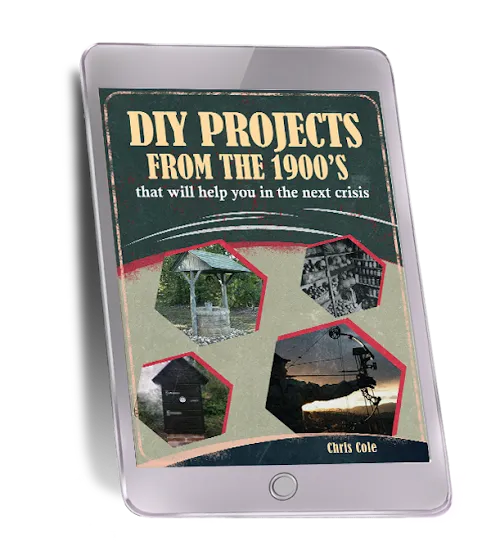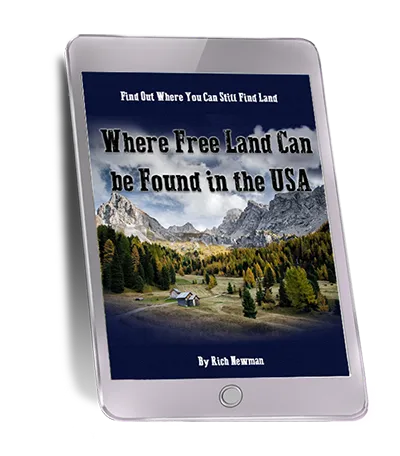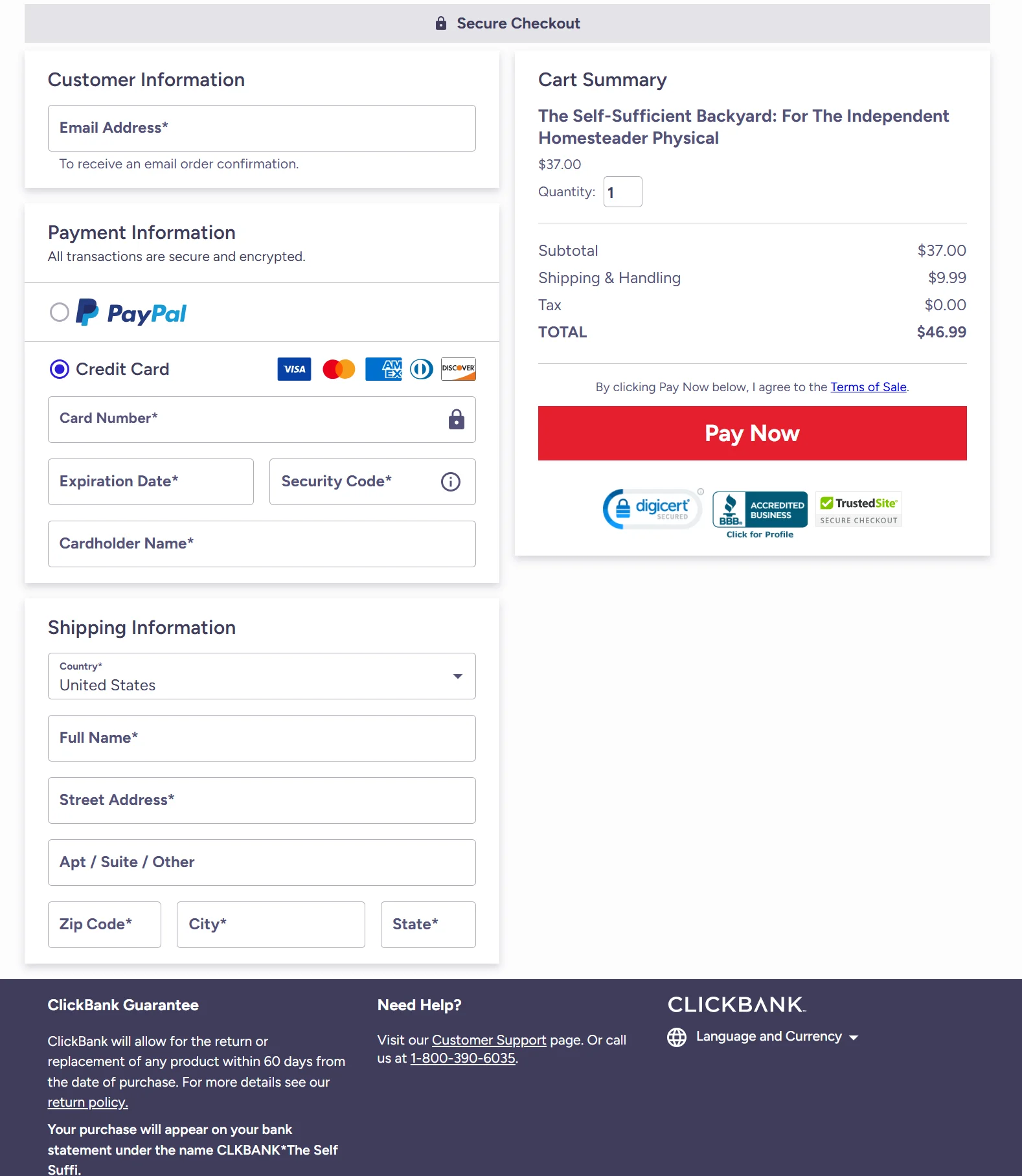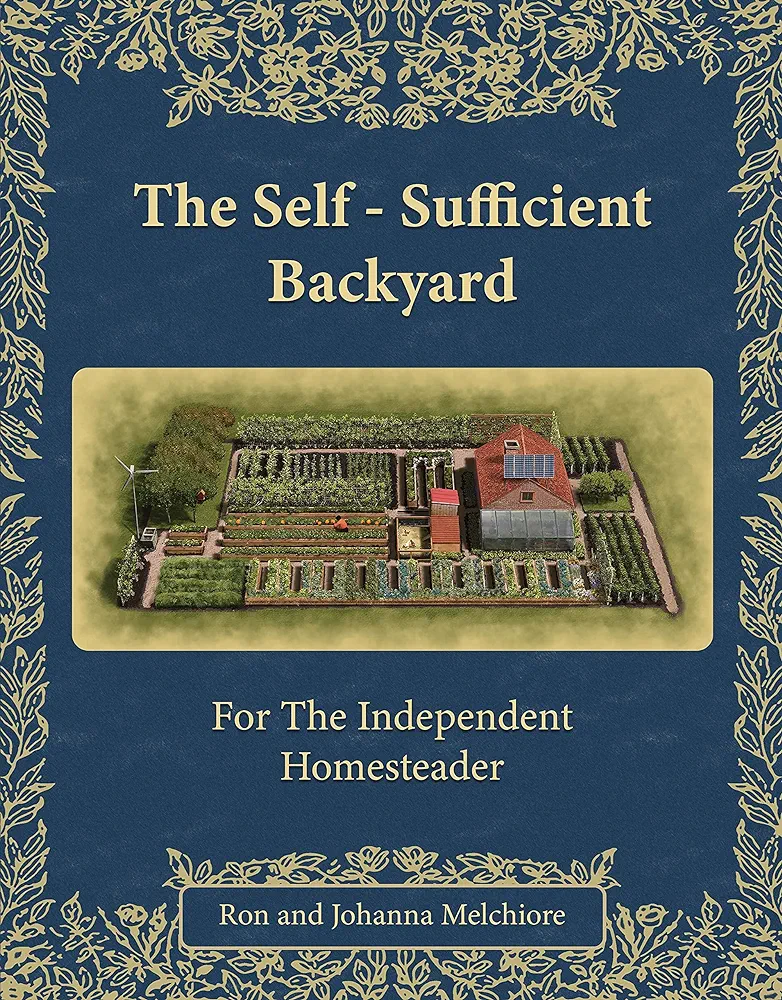
Dreaming of a life where self-reliance isn't just an idea but a reality woven into the fabric of your everyday existence? Picture a sanctuary where crystal-clear water flows at your command, nourishing organic gardens bursting with vitality, holistic remedies sourced from your own land, and an unshakable energy supply humming in the background—all within the confines of your backyard haven.
While many yearn for such autonomy, few possess the knowledge to manifest it. Enter The Self-Sufficient Backyard—an all-encompassing blueprint meticulously crafted to guide you in forging a home that thrives independently, detached from external dependencies.
Designed for those who aspire to reclaim control over their sustenance, health, and energy, this transformative guide unveils time-honored techniques and innovative strategies to cultivate an existence where reliance on outside systems becomes a thing of the past. Keep reading to unearth the invaluable wisdom that holds the power to redefine your way of life forever.
